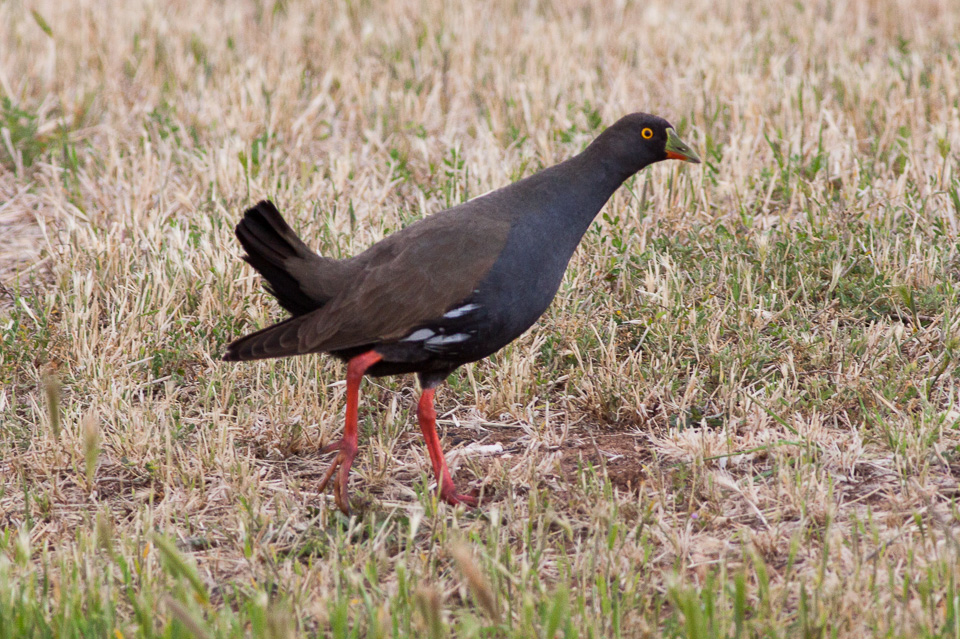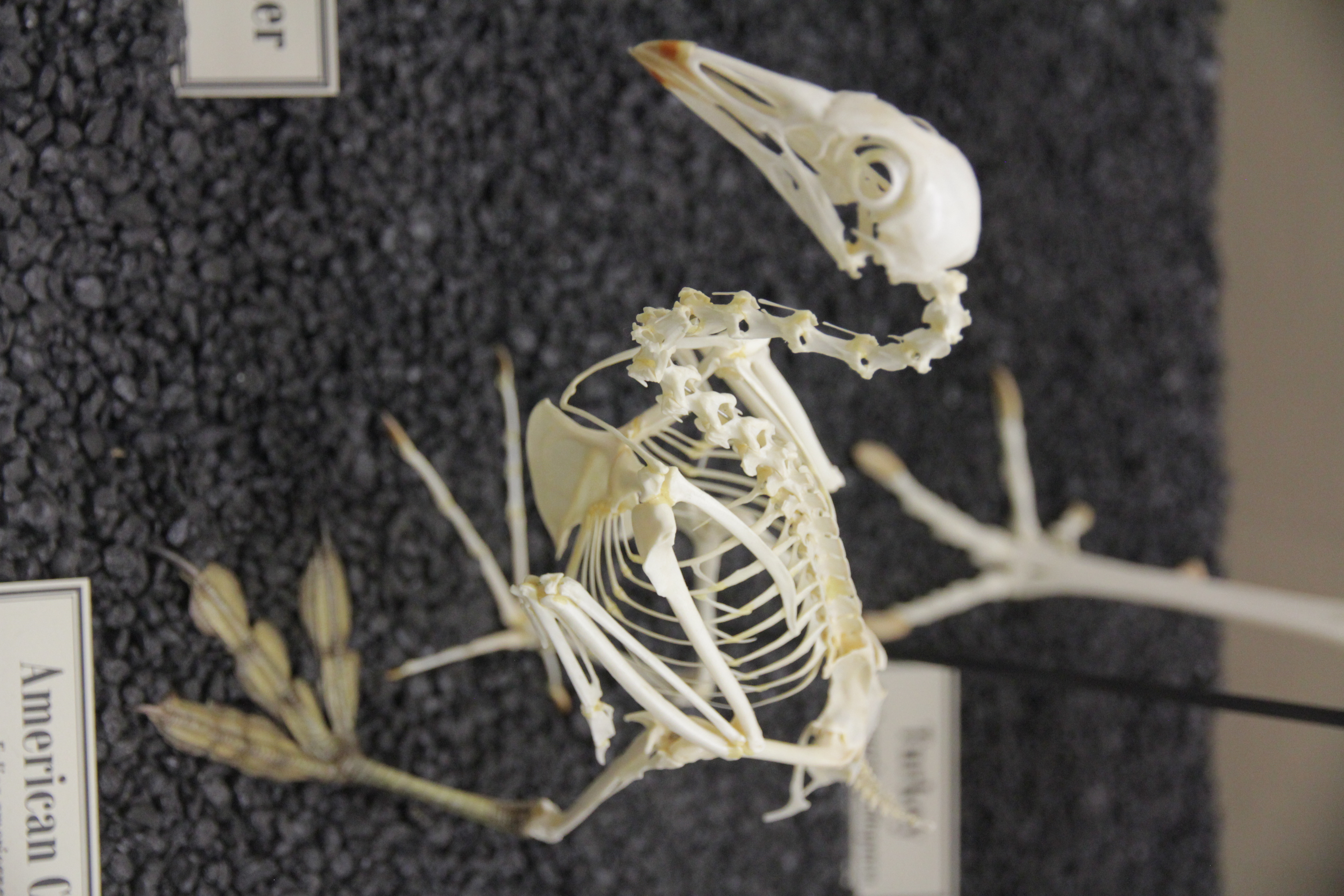|
Tribonyx
''Tribonyx'' is a small genus of birds in the rail family, containing two extant species and one recently extinct species. The genus is endemic to Australia and New Zealand. They are sometimes lumped with the moorhens in ''Gallinula''. Species The living and recently extinct Extinction is the termination of a kind of organism or of a group of kinds (taxon), usually a species. The moment of extinction is generally considered to be the death of the last individual of the species, although the capacity to breed and ... species are: References Bird genera Rallidae ^ Taxa named by Bernard du Bus de Gisignies {{Gruiformes-stub ... [...More Info...] [...Related Items...] OR: [Wikipedia] [Google] [Baidu] |
Tasmanian Nativehen
The Tasmanian nativehen (''Tribonyx mortierii'') (palawa kani: piyura) (alternate spellings: Tasmanian native-hen or Tasmanian native hen) is a flightless rail and one of twelve species of birds endemic to the Australian island of Tasmania. Although many flightless birds have a history of extinction at the hands of humans, the species has actually benefited from the introduction of European-style agricultural practices in Tasmania. Its success may also be attributed to the recent extinction of its main predator, the thylacine. Nomenclature The species was originally described in 1840 as ''Tribonyx mortierii'' — the ''mortierii'' being in honour of Barthélemy Charles Joseph Dumortier. Local names include narkie, waterhen and turbo chook. The Palawa kani name for the nativehen is ''piyura'' and is derived from the extinct Paredarerme and Little Swanport languages. Description The Tasmanian nativehen is a stocky flightless bird between in length. The upperparts are o ... [...More Info...] [...Related Items...] OR: [Wikipedia] [Google] [Baidu] |
Black-tailed Nativehen
The black-tailed nativehen (''Tribonyx ventralis'') is a rail native to Australia. Description The black-tailed nativehen is a large dark bird, reaching about 38 cm in length and weighing around 400 g. This species possesses an erect tail and is endowed almost entirely with brownish-grey and green feathers. Its long legs and lower jaw are a striking pink-orange colour, as well as its eyes which are more of a bright orange colour. This species is not excessively vocal, its main call is an alarm 'kak' sound. They become noticeable when they are seen in small flocks on the ground. Their erect tails and social behaviour are reminiscent of domestic hens. Habitat This species is nomadic, following seasonal water sources. It is found year-round living near fresh and brackish water. Distribution The black-tailed nativehen is common throughout Australia, where it lives by permanent as well as intermittent water sources. It has a large range, with an estimated global extent of occur ... [...More Info...] [...Related Items...] OR: [Wikipedia] [Google] [Baidu] |
Moorhen
Moorhens—sometimes called marsh hens—are medium-sized water birds that are members of the rail family (Rallidae). Most species are placed in the genus ''Gallinula'', Latin for "little hen". They are close relatives of coots. They are often referred to as (black) gallinules. Recently, one of the species of ''Gallinula'' was found to have enough differences to form a new genus '' Paragallinula'' with the only species being the lesser moorhen (''Paragallinula angulata''). Two species from the Australian region, sometimes separated in , are called "native hens" (also native-hen or nativehen). The native hens differ visually by shorter, thicker and stubbier toes and bills, and longer tails that lack the white signal pattern of typical moorhens.Boles (2005) Description These rails are mostly brown and black with some white markings in plumage colour. Unlike many of the rails, they are usually easy to see because they feed in open water margins rather than hidden in reedbeds ... [...More Info...] [...Related Items...] OR: [Wikipedia] [Google] [Baidu] |
Tribonyx Ventralis South Australia 1
''Tribonyx'' is a small genus of birds in the rail family, containing two extant species and one recently extinct species. The genus is endemic to Australia and New Zealand. They are sometimes lumped with the moorhen Moorhens—sometimes called marsh hens—are medium-sized water birds that are members of the rail family (Rallidae). Most species are placed in the genus ''Gallinula'', Latin for "little hen". They are close relatives of coots. They are of ...s in ''Gallinula''. Species The living and recently extinct species are: References Bird genera Rallidae ^ Taxa named by Bernard du Bus de Gisignies {{Gruiformes-stub ... [...More Info...] [...Related Items...] OR: [Wikipedia] [Google] [Baidu] |
Tribonyx
''Tribonyx'' is a small genus of birds in the rail family, containing two extant species and one recently extinct species. The genus is endemic to Australia and New Zealand. They are sometimes lumped with the moorhens in ''Gallinula''. Species The living and recently extinct Extinction is the termination of a kind of organism or of a group of kinds (taxon), usually a species. The moment of extinction is generally considered to be the death of the last individual of the species, although the capacity to breed and ... species are: References Bird genera Rallidae ^ Taxa named by Bernard du Bus de Gisignies {{Gruiformes-stub ... [...More Info...] [...Related Items...] OR: [Wikipedia] [Google] [Baidu] |
Rallidae
The rails, or Rallidae, are a large cosmopolitan family of small- to medium-sized, ground-living birds. The family exhibits considerable diversity and includes the crakes, coots, and gallinules. Many species are associated with wetlands, although the family is found in every terrestrial habitat except dry deserts, polar regions, and alpine areas above the snow line. Members of the Rallidae occur on every continent except Antarctica. Numerous island species are known. The most common rail habitats are marshland and dense forest. They are especially fond of dense vegetation.Horsfall & Robinson (2003): pp. 206–207 Name "Rail" is the anglicized respelling of the French ''râle'', from Old French ''rasle''. It is named from its harsh cry, in Vulgar Latin *''rascula'', from Latin ''rādere'' ("to scrape"). Morphology The rails are a family of small to medium-sized, ground-living birds. They vary in length from and in weight from . Some species have long necks and in many ca ... [...More Info...] [...Related Items...] OR: [Wikipedia] [Google] [Baidu] |
Rail (bird)
The rails, or Rallidae, are a large cosmopolitan family of small- to medium-sized, ground-living birds. The family exhibits considerable diversity and includes the crakes, coots, and gallinules. Many species are associated with wetlands, although the family is found in every terrestrial habitat except dry deserts, polar regions, and alpine areas above the snow line. Members of the Rallidae occur on every continent except Antarctica. Numerous island species are known. The most common rail habitats are marshland and dense forest. They are especially fond of dense vegetation.Horsfall & Robinson (2003): pp. 206–207 Name "Rail" is the anglicized respelling of the French ''râle'', from Old French ''rasle''. It is named from its harsh cry, in Vulgar Latin *''rascula'', from Latin ''rādere'' ("to scrape"). Morphology The rails are a family of small to medium-sized, ground-living birds. They vary in length from and in weight from . Some species have long necks and in many ca ... [...More Info...] [...Related Items...] OR: [Wikipedia] [Google] [Baidu] |
Bird Genera
Birds are a group of warm-blooded vertebrates constituting the class Aves (), characterised by feathers, toothless beaked jaws, the laying of hard-shelled eggs, a high metabolic rate, a four-chambered heart, and a strong yet lightweight skeleton. Birds live worldwide and range in size from the bee hummingbird to the ostrich. There are about ten thousand living species, more than half of which are passerine, or "perching" birds. Birds have whose development varies according to species; the only known groups without wings are the extinct moa and elephant birds. Wings, which are modified forelimbs, gave birds the ability to fly, although further evolution has led to the loss of flight in some birds, including ratites, penguins, and diverse endemic island species. The digestive and respiratory systems of birds are also uniquely adapted for flight. Some bird species of aquatic environments, particularly seabirds and some waterbirds, have further evolved for swimming. Bi ... [...More Info...] [...Related Items...] OR: [Wikipedia] [Google] [Baidu] |
Storrs L
{{disambiguation, geo ...
Storrs may refer to: * Storrs (surname) * Storrs, Connecticut, a village where the main campus of the University of Connecticut is located * Storrs, South Yorkshire, a rural hamlet within the City of Sheffield, England * Storrs, Cumbria See also * Storrs Hall, a listed building in Cumbria, England * Yealand Storrs, a hamlet in the English county of Lancashire * Storr Storr is a surname of Old Scandinavian origin, and may refer to * Anthony Storr (1920–2001), English psychiatrist and author * Catherine Storr (1913–2001), English novelist and children's writer * Farrah Storr (born 1978), British journalist * ... [...More Info...] [...Related Items...] OR: [Wikipedia] [Google] [Baidu] |
Tasmania
) , nickname = , image_map = Tasmania in Australia.svg , map_caption = Location of Tasmania in AustraliaCoordinates: , subdivision_type = Country , subdivision_name = Australia , established_title = Before federation , established_date = Colony of Tasmania , established_title2 = Federation , established_date2 = 1 January 1901 , named_for = Abel Tasman , demonym = , capital = Hobart , largest_city = capital , coordinates = , admin_center = 29 local government areas , admin_center_type = Administration , leader_title1 = Monarch , leader_name1 = Charles III , leader_title2 = Governor , leader_name2 ... [...More Info...] [...Related Items...] OR: [Wikipedia] [Google] [Baidu] |




.jpg)
